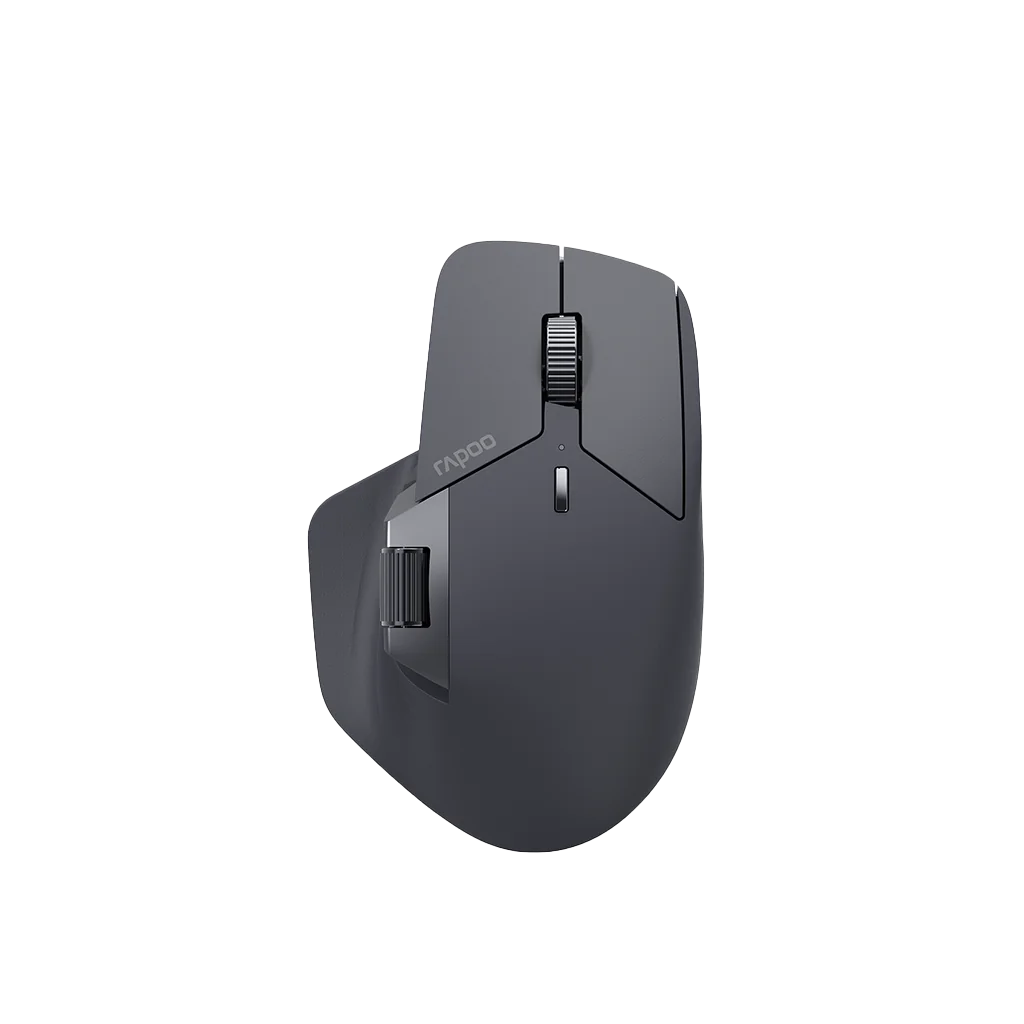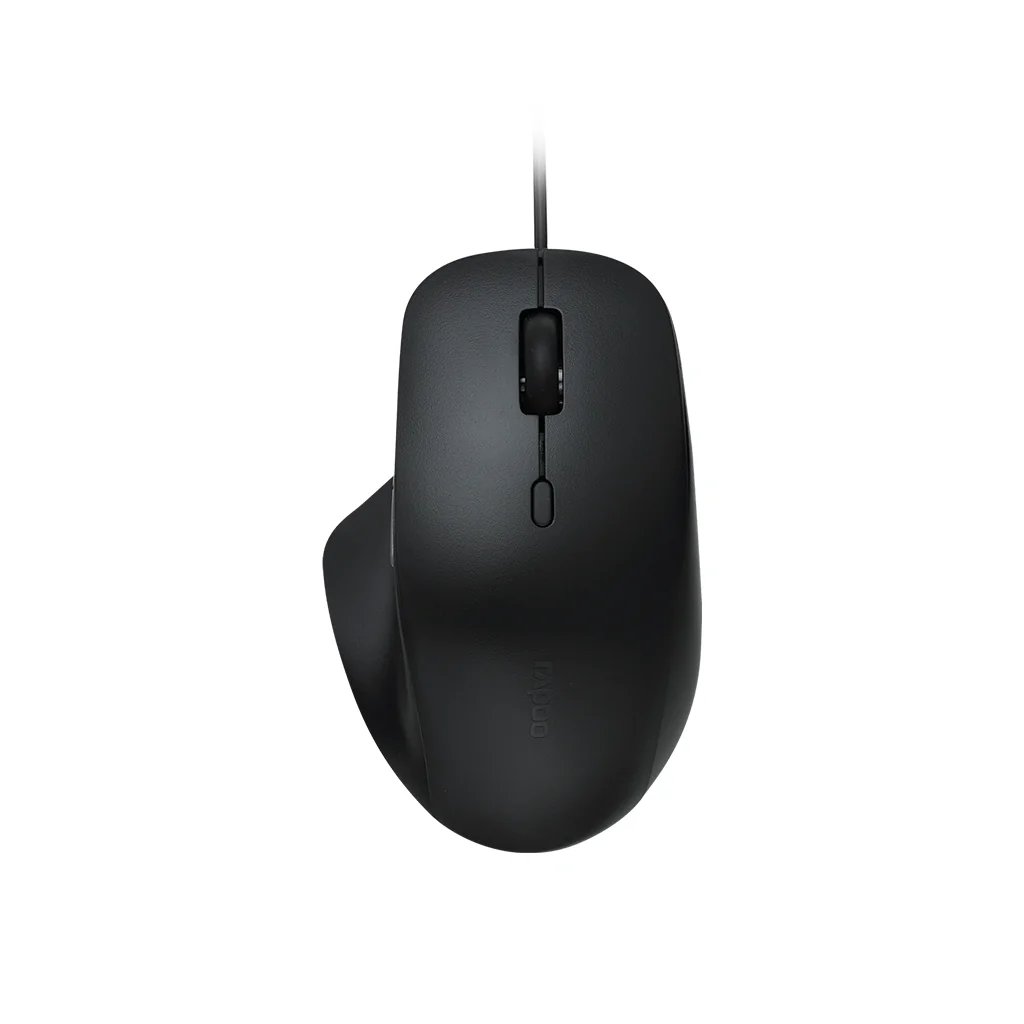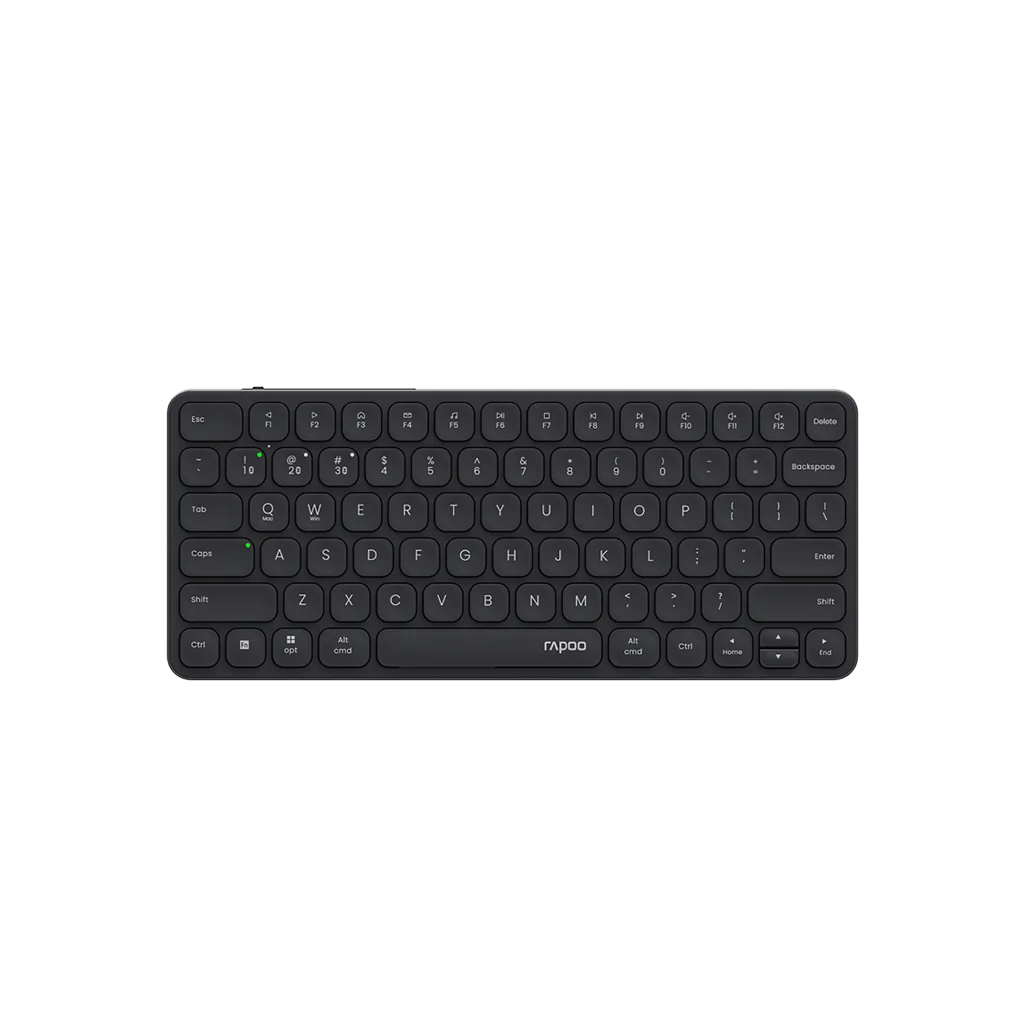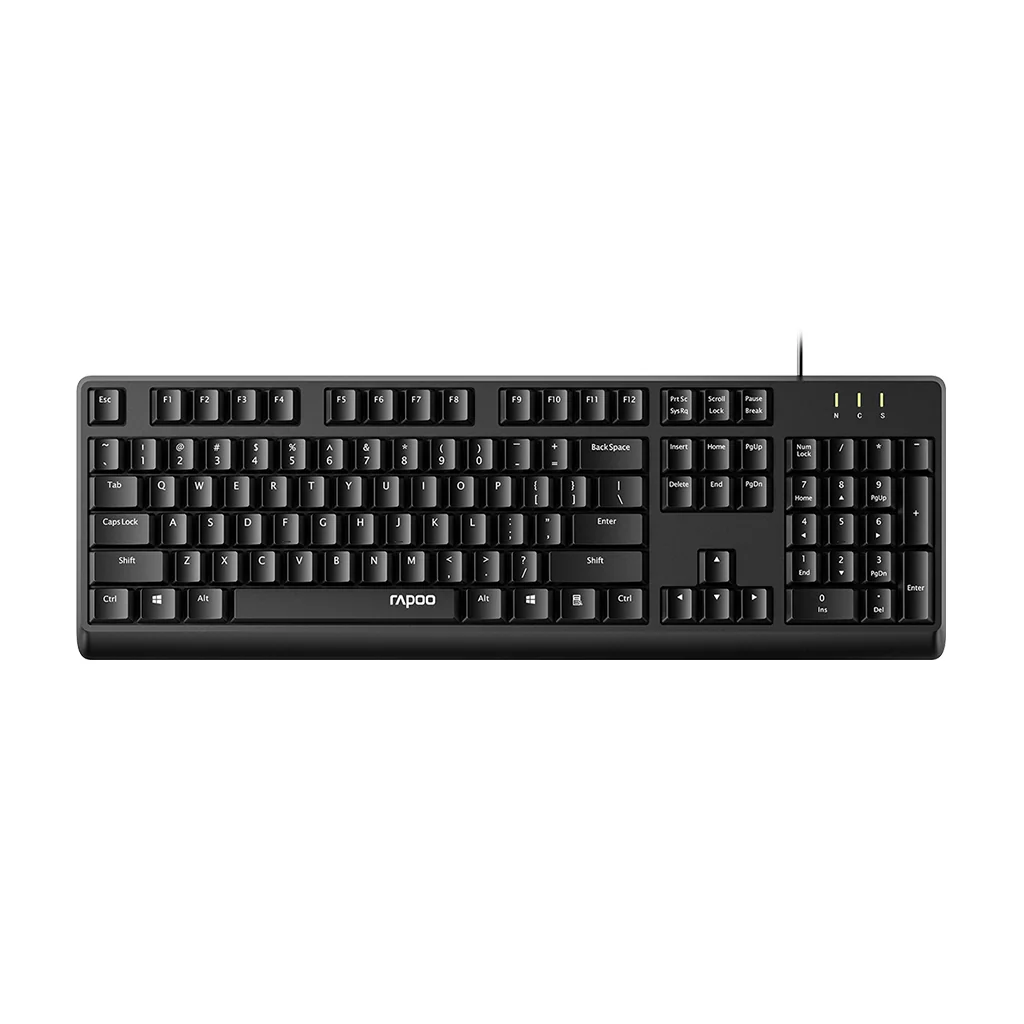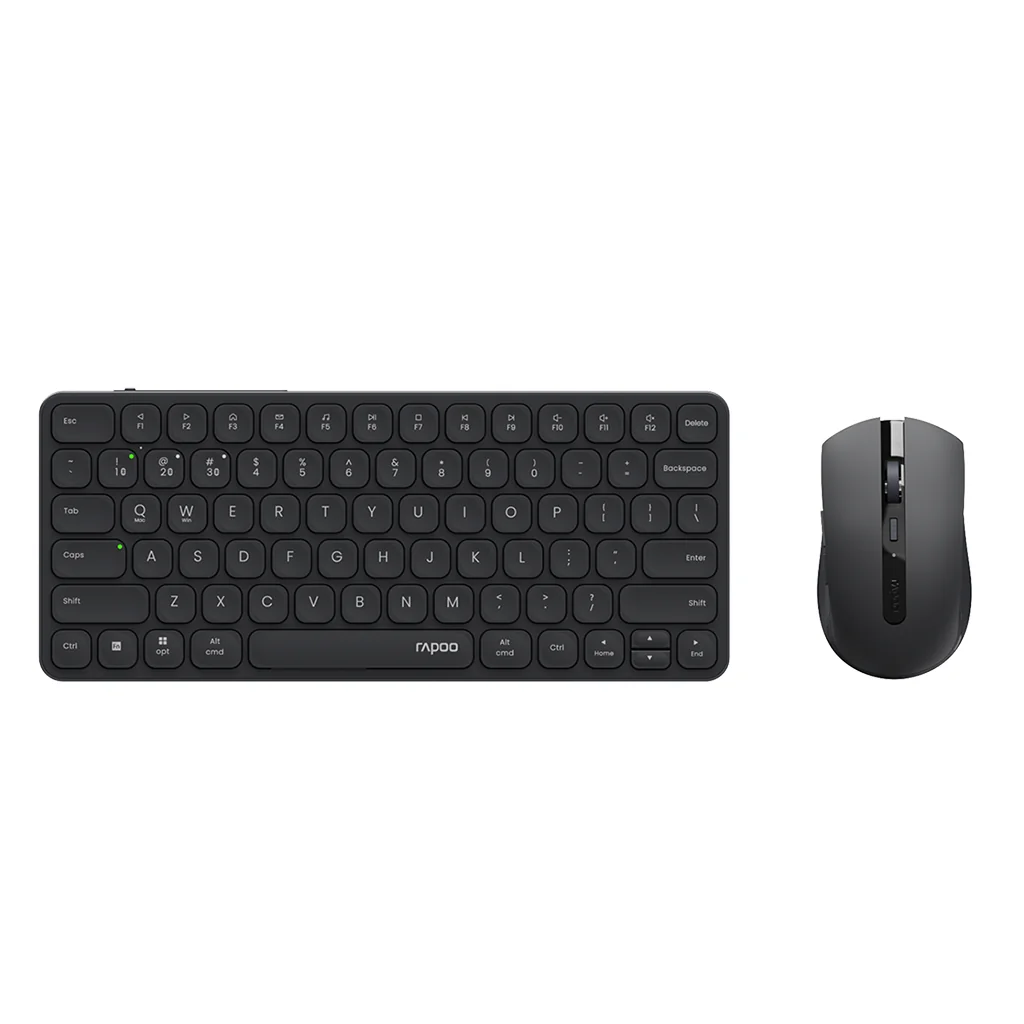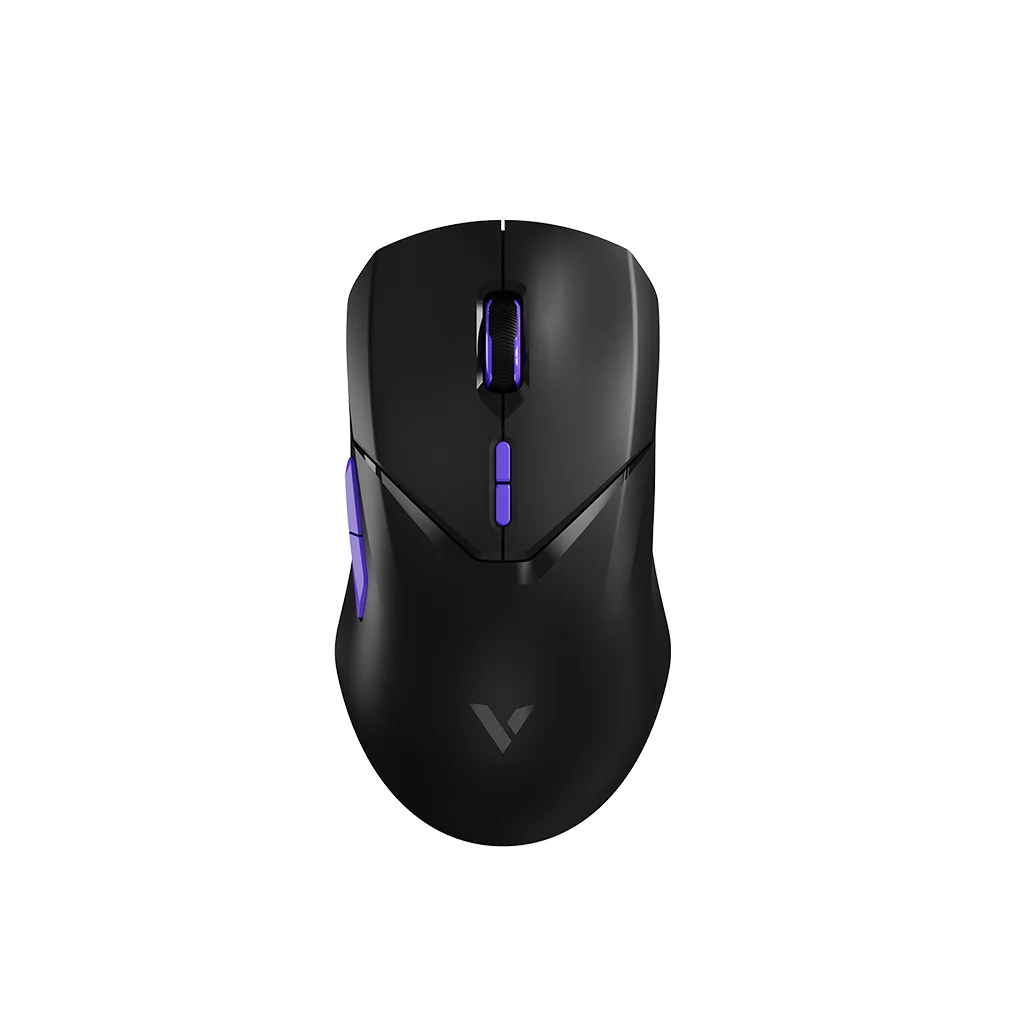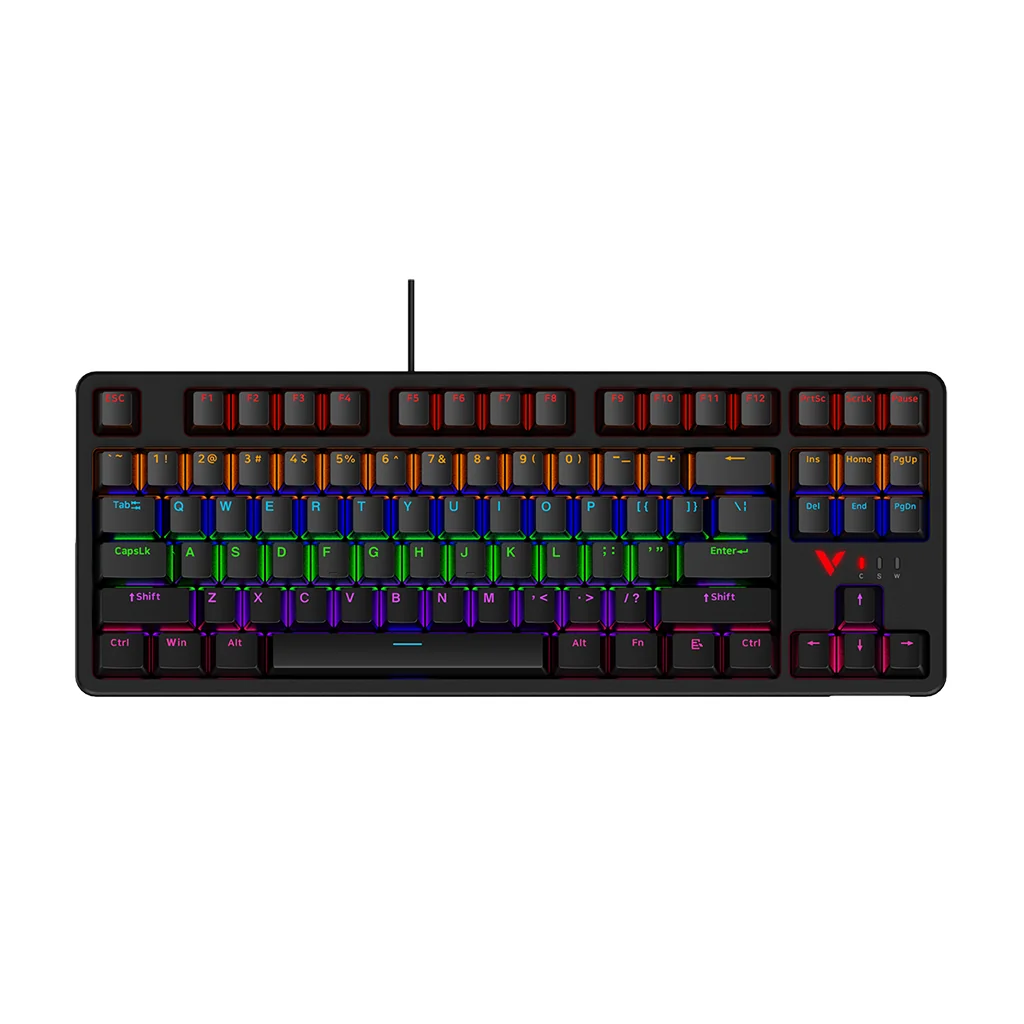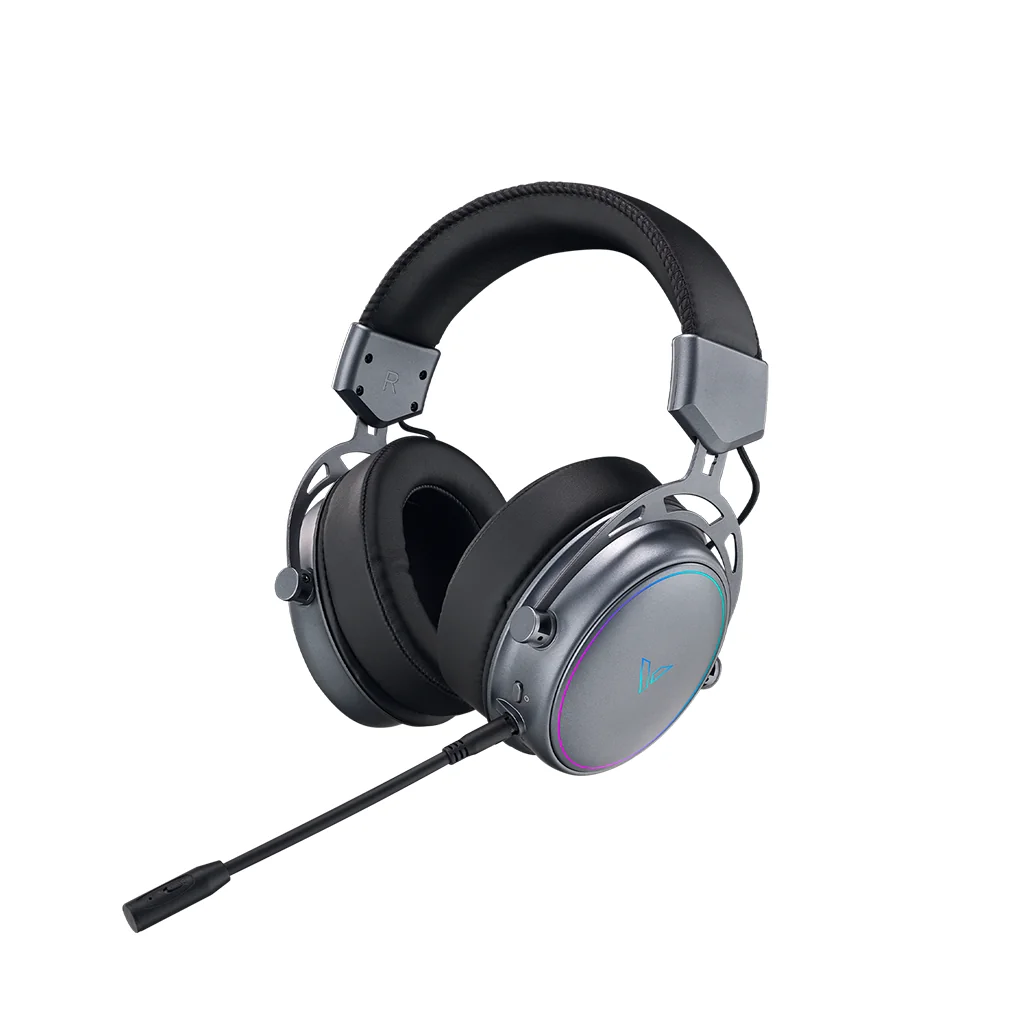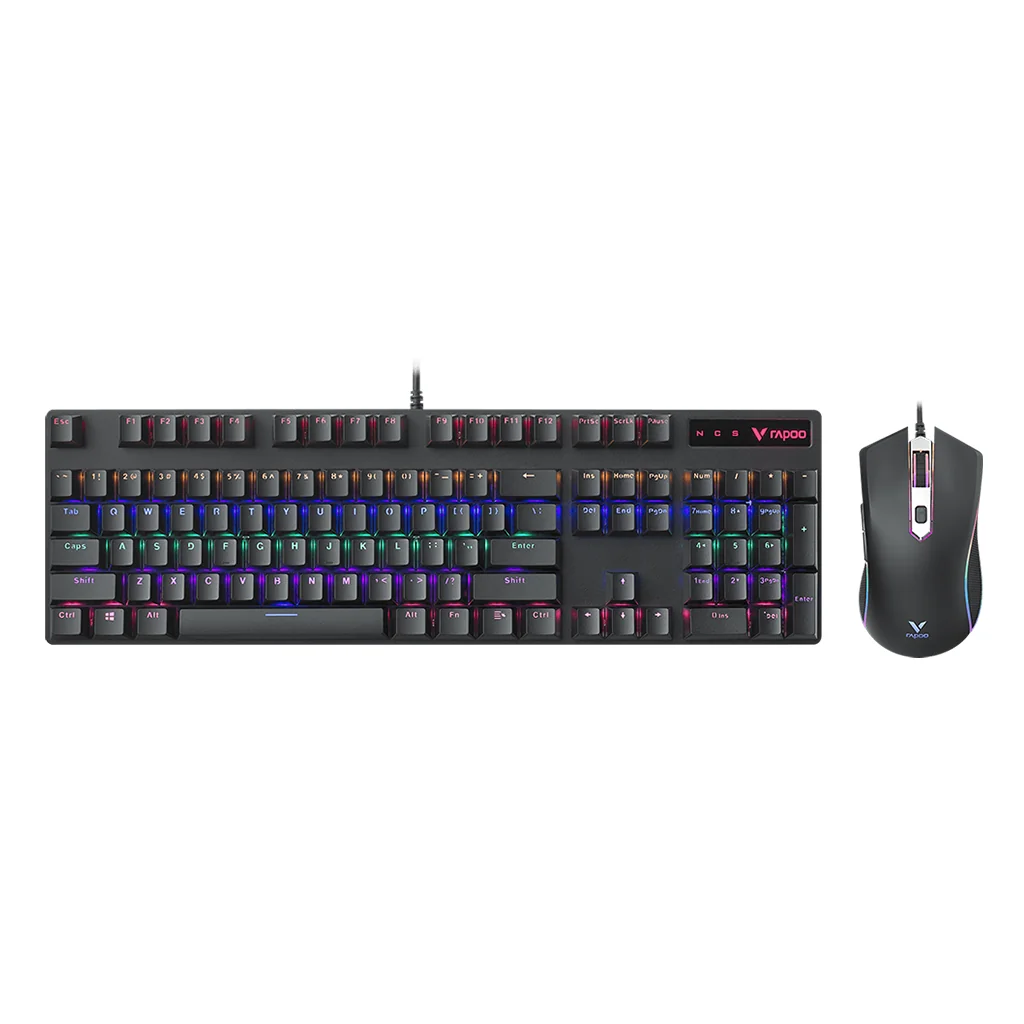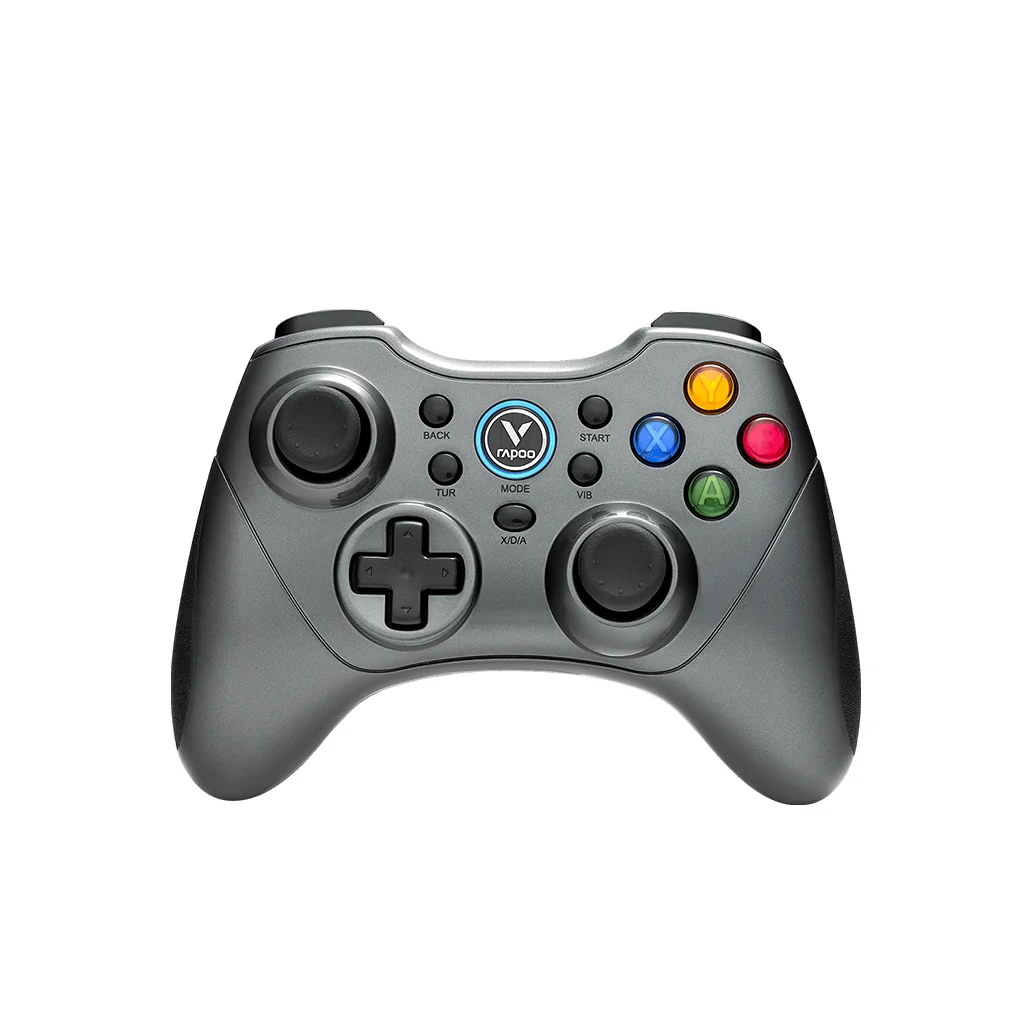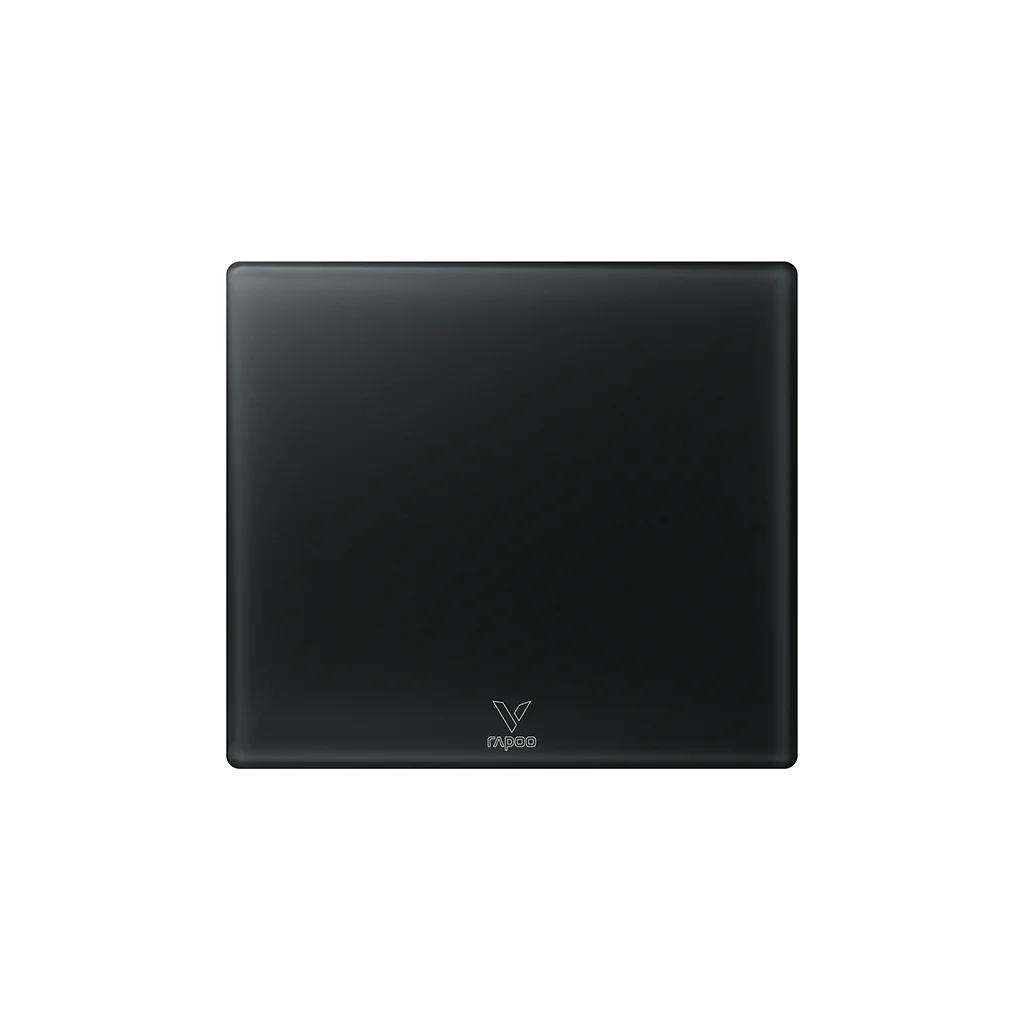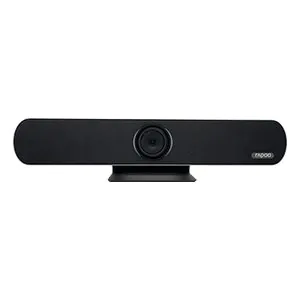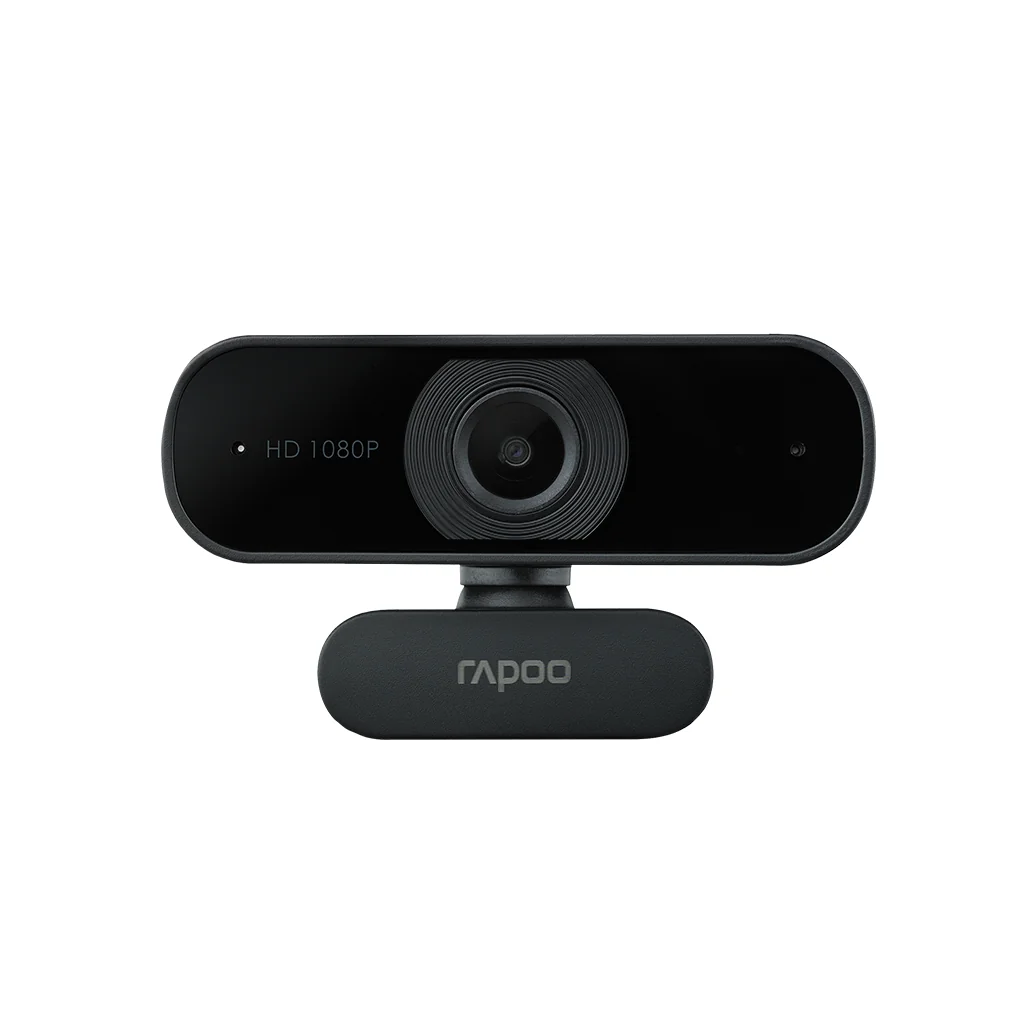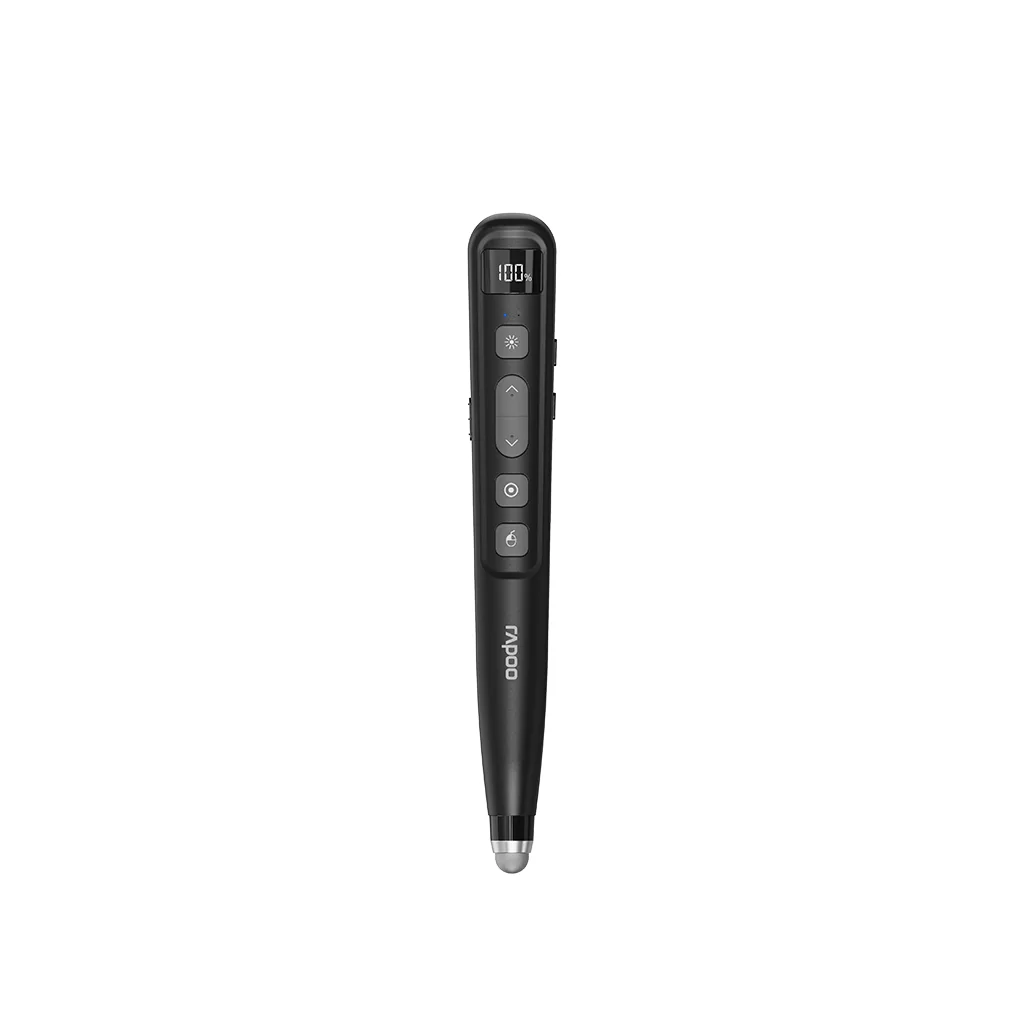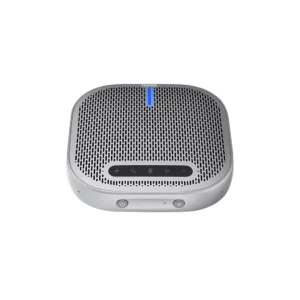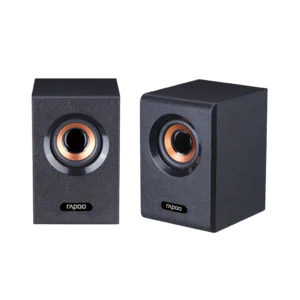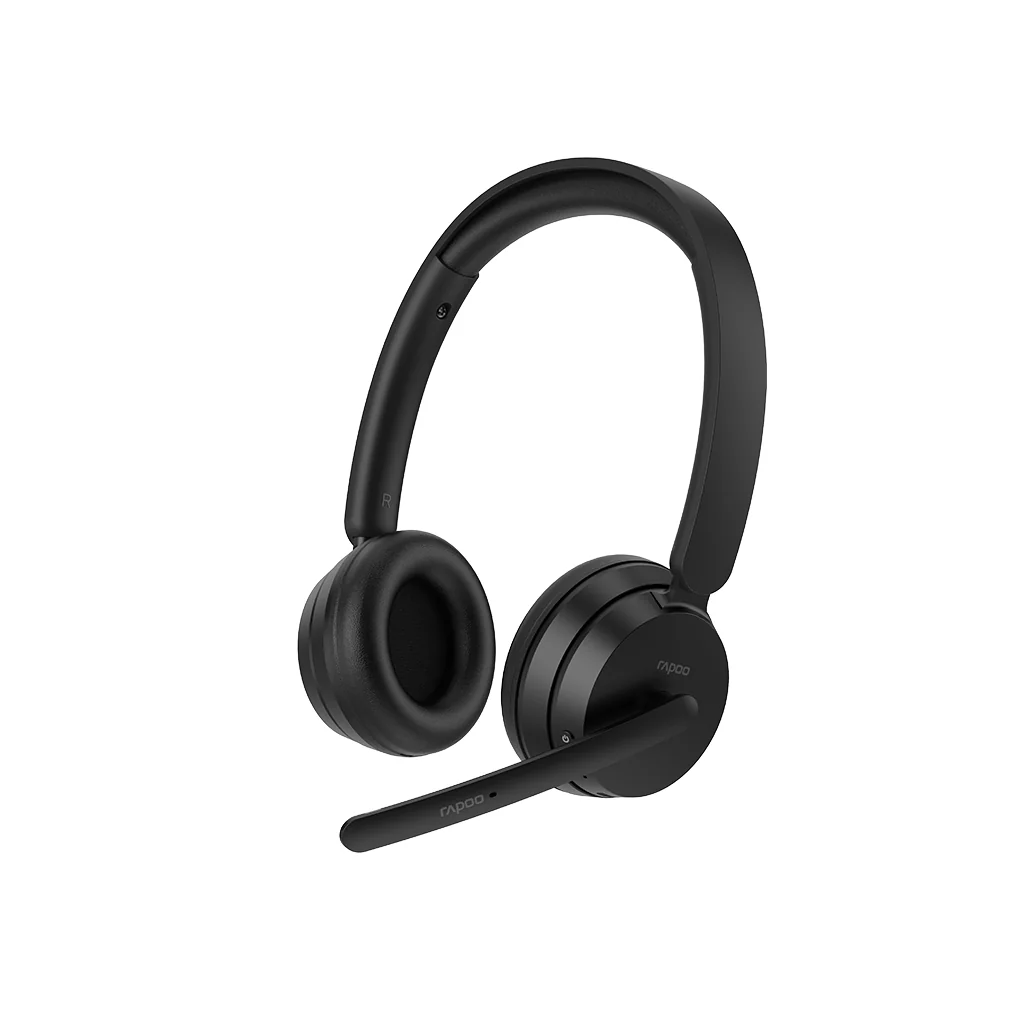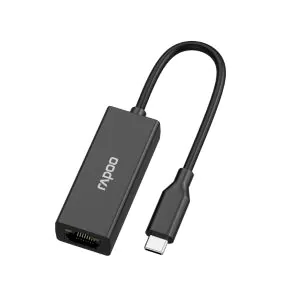FAQ
Frequently Asked Questions
The latest available product driver is available in the Downloads section on the respective product page.
Simply search by model name and download the driver from its product page, or visit our Support-Download Drivers pages.
The user manual is available in the Downloads section on the respective product page.
Simply search by model name and download the user manual from its product page, or visit our Support pages.
Rapoo offers a warranty to the original purchaser from an authorized retailer. Your Rapoo product is covered by warranty, but specific warranty terms and periods are subject to the terms and conditions of the retail outlet where you made the purchase.
The serial number can be generally found on the bottom side of every product.
Because all our products are in the accessories category, we do not have service centers to repair products.
A defective product should be replaced by your point of purchase during the warranty period.
We offer a “return to the retailer” warranty on our products. In case of a defect, please return the product to your retailer with a clear description of the problem, proof of purchase and all accessories. During the warranty period you will receive a replacement product from the retailer if available.
1. Please use the mouse on a mouse pad.
2. Try the mouse on a white paper to check if the special surface you use causes this problem.
1. Move other working wireless devices away from the receiver and mouse.
2. Clean the sensor on the bottom of the mouse with a dry cloth.
3. Try using the mouse on a different surface.
Rapoo products have a power-saving function to maximize battery life. You do not have to turn the mouse/ keyboard off every time you stop using it. When the product is not moving or there is no signal from the USB receiver, it will automatically turn sleep-mode on to save battery power. When you complete work with the product for the day, we do recommend to use the On/Off power button to optimize the battery life.t
Unplug the USB receiver from the laptop/ PC. After the USB receiver is replugged, within 30 seconds, turn off the mouse and then turn it on with the left key pressed.
1. Move other active wireless devices away from the device and receiver.
2. The PC can not respond immediately because the CPU is under full load.
3. Change battery if the low battery indicator is blinking.
1. Make sure the device is turned on.
2. Make sure the receiver is plugged into the PC’s USB port.
3. The PC can not recognize the receiver, please re-plug the receiver.
4. Check if the battery is installed correctly.
5. Low battery, please change the battery.
6. Move other working wireless devices away from the receiver and device.
7. Please keep away from walls or big objects, because this may reduce the range.
8. If the problem has not been solved, please download the pairing software from www.rapoo.com, then repair the connection.
1. Check if the Bluetooth device power switch is turned on.
2. Press the pairing button during connection.
3. Low battery level in the mouse.
4. The Bluetooth driver is not installed.
5. The Bluetooth driver version is too low.
6. Operating system issues.
7. Pairing timeout, delete the device and re-pair it.
1. Turn on the keyboard, the red indicator light will stay on for three seconds and then turn off.
2. Press the pairing button, the red indicator light will flash, indicating that the keyboard is in pairing mode.
3. Operate the tablet according to the prompts to complete the pairing process.
Note:
1. For the first time use, press the pairing button to initiate the pairing process. Subsequent power-ons will automatically reconnect the keyboard with the tablet.
2. The pairing is valid for 2 minutes. If there is no connection with the tablet during this period, the keyboard will automatically exit pairing mode.
From the perspective of power-saving mode, Rapoo wireless keyboards do not have CapsLock and NumLock indicator lights installed. Users can visit www.rapoo.com to download the CapsLock and NumLock indicator light drivers. After installation, there will be indicator effects in the bottom right corner of the computer screen.
The multimedia keys on Rapoo wireless keyboards, except for the keys used to open Word and Excel, do not require driver installation to function.
Rapoo wireless keyboards are primarily designed for Windows operating systems, so some keys may lack functionality when used with Linux and Mac systems.
1. Some applications do not support multimedia keys.
2. The built-in Windows Media Player and Internet Explorer browsers are recommended.
3. If the above steps still do not work, please exit other keyboard or mouse-related driver programs.
1. Ensure the keyboard’s battery is sufficiently charged or replace/recharge the battery.
2. Confirm that the computer’s Bluetooth functionality is enabled and the keyboard is paired.
3. Check if the computer’s Bluetooth drivers are up-to-date; if not, update the drivers.
4. Try deleting the Bluetooth device in Device Manager and re-pairing it.
5. Attempt to change the computer’s power management settings to ensure that power-saving options are turned off, ensuring that the Bluetooth signal does not automatically disconnect after the computer shuts down.
1. Replace the battery or recharge: First, ensure that the keyboard has sufficient battery power. If the battery level is too low, the keyboard response may slow down.
2. Signal interference: Wireless keyboards may be affected by interference from other wireless devices, such as wireless routers, Bluetooth devices, etc. Try moving the keyboard to a location further away from other wireless devices, or turn off the signals of other wireless devices.
3. Device conflicts: Using multiple wireless keyboards or mice may also cause conflicts between devices. Try disconnecting other devices and only connect the keyboard you need to use.
4. Software issues: Some programs may consume a lot of system resources, resulting in slower keyboard response. Try closing other programs to see if there is any improvement.
1. Check if the keyboard is turned on.
2. Try switching to different connection modes (2.4G, Bluetooth, or wired) to see if it resolves the issue.
3. Turn off the keyboard switch and then turn it back on.
4. If the keyboard still does not respond, try re-pairing the keyboard with the device.
5. Charge the keyboard for at least 20 minutes before attempting to reconnect.
1. Press and hold the Fn+Esc keys on the keyboard for 3 seconds to force reset.
2. Turn off the keyboard switch and then turn it back on.
3. Press and hold the Fn+↑ keys on the keyboard to increase brightness.
4. Charge the keyboard for at least 20 minutes before use.
1. Check the charging cable: Ensure the charging cable is properly connected to the keyboard and power source. Try using a different charging cable to see if the issue is related to the cable.
2. Check the charging port: Ensure that the charging port on the keyboard is not damaged or blocked by dust. Clean the charging port using a soft brush or cotton swab.
3. Restart the keyboard: Turn off the keyboard switch and then turn it back on. This may help reset the charging system and allow the keyboard to charge.
4. Charge in different ways: Try charging the keyboard using different USB ports to see if the issue is related to the power source.
1. Check the keyboard connection: To confirm whether the keyboard is properly connected to the computer, you can try re-plugging the keyboard or changing the USB port.
2. Clean the keys: If a single key malfunctions, it may be due to dust or other debris accumulated beneath the key. You can use a cotton swab to gently clean it.
3. Restart the computer: Sometimes keyboard issues may be caused by other problems with the computer. Try restarting the computer to resolve them.
If connected in 2.4GHz mode, it’s recommended to plug the receiver into the front of the computer case, closer to the keyboard.
If using a HUB, directly connect the keyboard’s USB to a USB port on the computer to check for normal operation.
Keep away from WiFi or other high-power wireless devices to avoid signal interference.
It’s advisable to fully charge the keyboard.
Click on the Apple icon in the top left corner of the screen on your Mac, then select “System Preferences” from the dropdown menu.
In the “System Preferences” window that opens, click on the “Bluetooth” icon.
Turn on the power switch of the Rapoo wireless keyboard, and press and hold the Fn key and any one of the number keys 1, 2, or 3 on the keyboard until the Bluetooth indicator light on the keyboard flashes quickly. At this point, the keyboard enters pairing mode.
In the “Bluetooth” window, click on the “Turn Bluetooth On” button, and your computer will begin searching for available devices.
In the “Bluetooth” window, locate the name of the keyboard and click on it to connect. If prompted to enter a pairing code, enter “0000”.
Please fully charge the mouse first
Adjust the reporting rate to 1000 (or below 1K) in the driver.
Peel off the blue protective film on the foot.
In wireless mode, it is recommended to use the USB converter to connect the receiver to the desktop.
If there is a router nearby, it is recommended to put the router 2 meters away.
Download the mouse driver, and upgrade the [Driver Version], [Mouse Firmware Version], and [Receiver Firmware Version] to the latest version.
Adjust the silent height (recommended to 2mm)
Turn off mobile sync.
Replace the receiver with another U port (try 2.0 and 3.0 respectively)
If the computer has hardware test software installed (such as Aida64), or is equipped with other brands of handle drivers, mouse and keyboard drivers, it should be turned off.
If other interfaces are connected to U disk or mobile external hard disk or other wireless device receivers, they can be unplugged first.
Please turn off the USB energy-saving mode, if it is a notebook, you can connect it to the power supply first.
Replace the data cable for testing and check whether the interfaces between the mouse and the computer are plugged in tightly.
Replace the computer USB port for testing.
Download the mouse driver and upgrade the [Driver Version], [Mouse Firmware Version], and [Receiver Firmware Version] to the latest
versions.
Charge the mouse for 20 minutes to eliminate the problem of insufficient power.
Download the mouse driver and upgrade the [Driver Version], [Mouse Firmware Version], and [Receiver Firmware Version] to the latest versions;
For Realtek controlled mice (VT9PRO dual high speed, VT9Air, VT1Air pro, VT1pro, VT1pro max, VT3pro, VT3pro max), unplug and re-plug the receiver and check whether the indicator light flashes green. If so, you can download the mouse driver to operate the pairing code and repair the signal.
Turn the mouse off and back on, check if there is a flashing green indicator light to confirm that the mouse is in 2.4G mode. If the mouse indicator light is flashing blue, press and hold the two side buttons + the scroll wheel on the left for about 5 seconds to switch to 2.4G mode (flashing green light).
Restart your computer.
The battery life of the product introduction is based on a 1K return rate as the standard test. If the return rate is 2K or above, the power consumption will be faster, which is normal.
The battery is not 100% fully charged when it leaves the factory. You can try charging it once more. It is recommended to charge it directly through the USB port of a computer, or through a 5v1a low-power charger. Do not use a fast charger, as fast charging will cause false power (the overcharge protection will show full power when it is not fully charged); The power display of the driver will have a deviation of about 10%. Updating the mouse firmware and receiver firmware to the latest version can slightly reduce the deviation.
Using a glass pad or a dark-colored mouse pad will cause faster power consumption. This is a characteristic of the optical engine’s power consumption.
Download the mouse driver and upgrade the [Driver Version], [Mouse Firmware Version], and [Receiver Firmware Version] to the latest versions.
Reasons why the test cannot reach 4K and 8K:
The test software used is incorrect.
The computer configuration does not meet the 4K or 8K requirements.
Network delay
Signal interference from other wireless devices around the computer
Solution:
Recommendation of return rate testing software
local:
https://rzr.to/pollingrate
(After opening the software, adjust the return rate to the corresponding value first)
Test equipment: 240HZ refresh rate monitor, CPU recommended to be 10th generation i7 or above, 4K resolution monitor.
The correct way to test is to draw a circle with the mouse. There will be pauses when moving left and right.
After opening 8K, it is normal to measure 7900+. The remaining small difference is related to the computer’s CPU performance of the computer, network latency, and the speed of operating the mouse.
Realtek-controlled mouse models (VT9PRO dual high speed, VT9Air, VT1Air pro, VT1pro, VT1pro max, VT3pro, VT3pro max) have native wireless 4K + wired 8K reporting rates.
Download the mouse driver, plug in the data cable, and enable wired 8K in the driver.
Download the mouse driver, plug in the receiver, and enable wireless 4K in the driver.
Download the mouse driver, plug in the receiver, update the mouse firmware version and the receiver firmware version to the latest version, and then enable wireless OTA 8K in the driver.
Press Fn+win at the same time to lock and unlock the win key function
Check the keyboard connection: Confirm whether the connection between the keyboard and the computer is normal. You can try to re-plug the keyboard or change the USB interface.
Clean the buttons: If a single button fails, it may be due to dust or other problems accumulated under the button. You can use a cotton swab to gently clean it.
Restart the computer. Sometimes keyboard problems may be caused by other problems with the computer. You can try restarting the computer to solve it.
Clean the keyboard: You can use appropriate tools, such as keyboard cleaner, to clean the keyboard. Sometimes dust and dirt may cause the keyboard to malfunction or even miss keys.
Change keyboard settings: In the Windows operating system, you can try changing the keyboard settings by opening the Control Panel, selecting “Keyboard”, and then adjusting the “Repeat delay” and “Repeat speed” settings to your preferred values.
First, make sure the Bluetooth function of the computer is turned ON and the Bluetooth device is in pairing mode.
Install the batteries in the keyboard, turn ON the switch, press and hold the FN key and any of the number keys 1, 2, 3 on the keyboard for about 5 seconds, and the Bluetooth indicator light will flash quickly.
Enter the Bluetooth device list of your computer and search for available Bluetooth devices.
In the device list, you should be able to find a device called “RAPOO”.
Select “RAPOO” and click pairing. If you need to enter a password, you can enter it on the keyboard and press the “Enter” key.
After pairing is complete, you can start using the keyboard.
First, make sure the Bluetooth function of the computer is turned ON and the Bluetooth device is in pairing mode.
Turn ON the mouse, press and hold the mode button at the bottom of the mouse for about 5 seconds, and the Bluetooth indicator light will flash quickly.
Enter the Bluetooth device list of your computer and search for available Bluetooth devices.
In the device list, you should be able to find a device called “RAPOO”.
Select “RAPOO” and click pairing. If you need to enter a password, try entering “0000” or “1234”.
After pairing is complete, you can start using the mouse.
Check if the mouse battery is exhausted and needs to be replaced or charged.
Check if the mouse is connected to the receiver properly. You can try to reconnect it. First, unplug the receiver from the computer, and then plug it back into another USB port. Wait for a few seconds until the computer recognizes the receiver again and tries to connect the mouse.
Check if there is any interference from other wireless devices, such as other mice or wireless keyboards. You can try to turn off other wireless devices, or move the mouse and receiver to another location and try to connect again.
Check if there is any other software or driver interfering with the normal operation of the mouse. You can try to start the computer in safe mode and see if the mouse can be connected.
Try using the mode button on the bottom of the mouse. Press the mode button for 1 second and release it to switch the mouse signal to USB mode. Then check the indicator light next to the mouse wheel. If it is OFF, it means it has been restored. If the light is flashing, it means the switch was not successful. Press it 1-2 more times.
Make sure the keyboard battery is fully charged, or charge/replace the battery.
Make sure the computer’s Bluetooth function is turned ON and the keyboard is paired.
Check if the Bluetooth driver of the computer is the latest. If not, update the driver.
Try to delete the Bluetooth device in the device manager and pair it again.
Try changing the computer’s power management options and confirm that the computer’s energy-saving options are turned OFF to ensure that the Bluetooth signal will not automatically disconnect after the computer is shut down.
Make sure the battery of the mouse is fully charged, or charge/replace the battery.
Make sure the computer’s Bluetooth function is turned ON and the mouse is paired.
Change to a different Bluetooth signal version to connect.
Check if the Bluetooth driver of the computer is the latest. If not, update the driver.
Try to delete the Bluetooth device in the device manager and pair it again.
Try to change the computer’s power management options and make sure the computer’s energy-saving options are turned OFF to ensure that the Bluetooth signal will not be automatically disconnected after the computer is shut down.
1. Replace or charge the battery: First, make sure the keyboard has enough power. If the battery is too low, the keyboard will respond more
slowly.
2. Signal interference: The wireless keyboard may be interfered by other wireless devices, such as wireless routers, Bluetooth devices, etc. Please try to move the keyboard farther away from other wireless devices or turn OFF the signals of other wireless devices.
3. Device conflict: If you use multiple wireless keyboards or mice, it may also cause conflicts between devices. Please try to disconnect other devices and only connect the keyboard you need to use.
4. Software problem: Some programs may take up a lot of system resources, causing the keyboard to respond slowly. Please try closing other
programs to see if there is any improvement.
Click the Apple icon in the upper left corner of the Apple computer screen and select “System Preferences” in the drop-down menu.
In the “System Preferences” window that opens, click the “Bluetooth” icon.
Turn ON the power switch of the RAPOO wireless keyboard, and press and hold the Fn key and any of the number keys 1, 2, or 3 on the keyboard until the Bluetooth indicator ON the keyboard flashes quickly. At this time, the keyboard enters pairing mode.
In the “Bluetooth” window, click the “Turn ON Bluetooth” button, and the computer will start searching for available devices.
Find the name of the keyboard in the “Bluetooth” window and click Connect. If prompted to enter a pairing code, enter “0000”.
After the connection is successful, you can start typing.
Replace or charge the battery: First, make sure the mouse has enough power. If the battery is too low, the mouse will move slower.
Clean the mouse lens: The optical head at the bottom of the mouse will be affected by the accumulation of dust and dirt, which will affect the sensitivity of the mouse. You can use a clean cotton swab to gently clean the lens at the bottom of the mouse.
Check the wireless signal: If the signal quality of the wireless mouse connection is poor, it may cause the movement speed to slow down. You can try to plug the wireless receiver into a different USB port, or try to keep the wireless receiver and mouse at a closer distance to improve the signal quality.
Update the driver: If the mouse driver is out of date or damaged, it may cause the mouse to move slower. Please check the device manager on your computer, find the mouse and try to update the driver.
ON an Apple computer, click the Apple icon on the menu bar and select “System Preferences”.
Select the “Bluetooth” option in “System Preferences” and make sure the Bluetooth function is turned on.
Turn ON the RAPOO multi-mode mouse and press the Bluetooth button at the bottom of the mouse to enter Bluetooth pairing mode.
Click “Device List” under the “Bluetooth” tab on the Apple computer, and all Bluetooth devices that can be connected will be listed.
Find the mouse name in the device list (usually “RAPOO Mouse Model”) and click the “Connect” button to connect.
If a password is required, enter the default password “0000” (or “1234”) to confirm.
After the connection is successful, the mouse pointer should be able to move on the screen. You can try some mouse operations to confirm that the connection is successful.
Keyboard keys don’t pop up when pressed
Keyboard string (garbled\misplaced): numbers are displayed when typing English, and English letters are displayed when numbers are
typed
The keyboard keys are displayed automatically (or continuously), and letters pop up without pressing any keys. Or change to another
computer to eliminate the problem.
Mouse left button click becomes double click (combo)
The mouse button does not pop up after being pressed
The mouse wheel bounces back (the wheel rolls down but bounces back up automatically), or the wheel fails to work

